Michael Dell On VMware, Ukraine, Apex, PCs And Channel Partners
In an interview with CRN, Dell Technologies CEO Michael Dell talks Dell Apex versus HPE GreenLake, Dell’s ‘first-and-best’ VMware partnership, PC growth expectations and his message to channel partners.
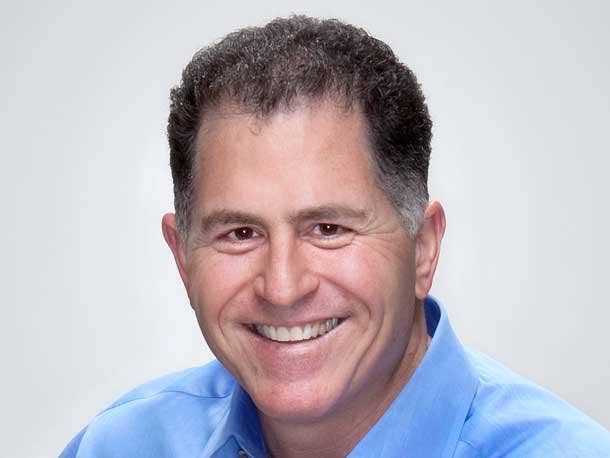
Michael Dell On Everything From VMware And Dell Apex To Ukraine And Channel Partners
Michael Dell is expecting another “historic year” at Dell Technologies in 2022 as the company bets big on as a service, channel partners, launching new PCs and Apex offerings, as well as Dell’s “first-and-best” VMware alliance.
“As VMware is now an independent company and not on the Dell balance sheet—both companies are growing with new horizons. So Dell Technologies is partnering with new companies. VMware is partnering with new companies, but we continue to have a kind of first-and-best alliance, which is very strong,” said Michael Dell, founder, chairman and CEO of Dell Technologies, in an interview with CRN. “I’m the chairman of both companies and I care very deeply that they both continue to succeed.”
For the first time in Dell’s 38-year history, the Round Rock, Texas-based infrastructure and PC giant generated over $100 billion in annual revenue during its fiscal year 2022, which ended in January. Dell’s Client Solutions Group, which includes PCs, laptops, notebooks and thin-client devices, reached record sales of $61.5 billion in fiscal year 2022, up 27 percent year over year.
Michael Dell said its channel partner community, which generated a record $59 billion in order revenues, will continue to play a critical role in Dell Technologies’ historic growth.
“Last year was a historic year for us, especially for our partners,” said Dell. “The omni-channel business model that we have and robust partner ecosystem is really at the core of our strategy. It’s critical to our growth and success, and our partners are growing and succeeding with us.”
In an interview with CRN, Dell talks about Dell Apex versus HPE GreenLake, the company’s partnership with VMware, supply chain issues, PC growth expectations and what still gets the billionaire out of bed each morning.
“I was just on a Zoom call with one of our customers who happens to supply about 20 percent of the world’s food supply. That’s kind of an important thing, right? It turns out that they run the whole thing on Dell Technologies,” said Dell. “We have plenty of reason to get up out of bed every morning. We know that what we do really matters in the world.”
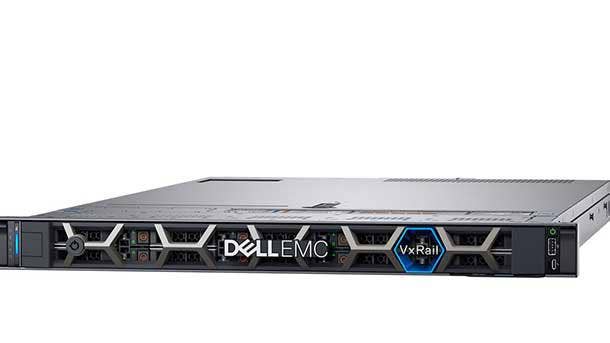
Is there any joint innovation in the works between Dell and VMware around new solutions? What does the innovation road map in 2022 look like with Dell-VMware?
We continue to work very closely on the integration of VMware Cloud Foundation in all of our infrastructure and making Dell Technologies, effectively, the easy button for multi-cloud infrastructure—whether it’s in a colocation, on-premises, at the edge and, increasingly, as a service.
Pretty recently, we introduced our VxRail satellite nodes. That extends the VxRail franchise out to the edge and we’re seeing lots of growth there. So the alliance partnership with VMware continues to be super strong. We’re doing a lot as well in SD-WAN, and VMware continues to be a key partner in our telco strategy.
But as VMware is now an independent company and not on the Dell balance sheet—both companies are growing with new horizons.
So Dell Technologies is partnering with new companies. VMware is partnering with new companies, but we continue to have a kind of first-and-best alliance, which is very strong. I’m the chairman of both companies and I care very deeply that they both continue to succeed. So it’s all going well.

What is one big focus for Dell and VMware this year?
One of the big things that we’re focused on at Dell and VMware is also around this change in our orientation to embrace developers in a big way.
This is something you’ll hear much more about at Dell Technologies World, but the epicenter—along with the consumption, subscription, as-a-service move—the epicenter of focus inside many customers is changing from infrastructure to developers. So making all of our products and services available on a consumption basis, in a very developer-friendly way, is a big priority for VMware and for Dell Technologies—both separately and together.
Is boosting Dell’s developer capabilities a new goal at Dell?
It’s not really that new. … There will be a lot of discussion about this at Dell Technologies World. We’re making it easy for developers to interact with all of our solutions in a subscription way.

Dell just halted product sales in Russia due to its invasion of Ukraine. Anything you want to comment on regarding the Ukraine-Russia crisis?
On everybody’s minds is the situation in Ukraine. Obviously, we’re thinking about all those that are affected and focused on the welfare of our team. That’s our top priority. It’s a horrible situation. We’re focused on understanding what’s the impact to our team members, to our customers, to our partners and navigating through that.
It’s a great tragedy and very disappointing to see a humanitarian disaster. We’re focused on how we can help and support the team members that we have in the region that are directly impacted.
Talk about managing Dell product prices due to supply chain constraints and the rise in component costs, specifically semiconductors. Should channel partners expect Dell to increase any infrastructure product prices this year?
We’re not immune from component price inflation and other types of inflation. Right now on the news you hear about oil, metals and agriculture—obviously affected by the situation in in Ukraine. Fortunately, those aren’t big input costs for us, but everybody knows that there’s generally cost inflation.
So we continue to monitor all of that and work our way through it. That obviously gets reflected in the prices that we need to charge for our products.
Are there any specific price increases partners should expect this year, whether it’s storage, server or VxRail products?
We’re managing it. Our goal is to not have abrupt and significant changes there. We’ve made a variety of adjustments all throughout [the year] and we’ll continue to.
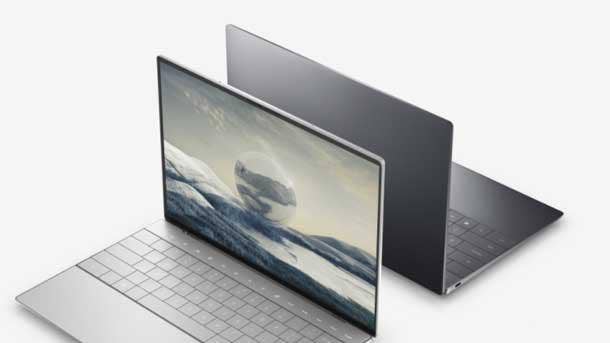
Dell had a record-breaking PC sales year, growing 27 percent annually. Is similar PC growth sustainable this year?
Yes, we think the client business is going to grow again this year. I’d be surprised if it grew 27 percent, but so would everybody else.
We just had three consecutive years of very nice growth in the PC sector. It’s roughly back to 350 million PC units a year. You kind of have to separate the commercial from the consumer here.
If you just look at consumer PCs, you don’t see as volatile a trend. If you think about it, it kind of makes sense, right? It’s like, ‘OK, you work at a company, you have a PC.’ It helps you be productive. Makes sense.
Right now, there are 11 million jobs open in the United States. Now, not all of them are people that are knowledge workers that require PCs, but pretty much every knowledge worker is going to have a PC. I mean, you don’t give them calculators and slide rules and paper pads to be productive. You give them a PC. So our revenues are much more skewed to commercial PCs.
There are some other sectors that we participate in. We participate in high-end consumer with XPS and gaming, obviously with Alienware. So we participate in an advantage position and we’re a structural share gainer.
We have some very exciting announcements in our commercial portfolio coming out soon, all focused on collaboration, privacy, connectivity and certainly sustainability, which continues to be a major focus for us.
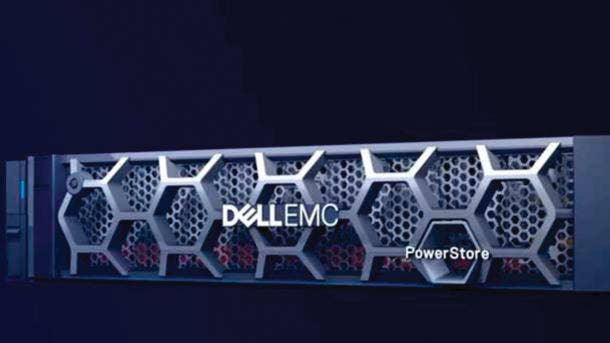
Dell reported flat storage sales in your recent fourth fiscal quarter. Is this because of heavier competition or is it due to supply chain constraints or backlog? What is your storage strategy this fiscal year 2023?
So last year, our storage orders grew at the fastest rate since the [2016] EMC acquisition, and all geographies grew storage for the year.
Our storage revenue was roughly flat because of backlog build and also storage software and services that get deferred and amortized over time in our $42 billion [remaining performance obligations]—that is certainly some of that.
Midrange storage orders were up double digits. PowerStore remains the fastest-growing storage product on our history. Demand for other products—HCI, data protection, unstructured—were strong. PowerStore continues to ramp up; it was up 34 percent sequentially. Also, 26 percent of PowerStore buyers are new to Dell storage, and 29 percent were repeat buyers.
So yes, we are poised for a strong FY23. We’re optimistic about the overall spending environment. Digital transformation is a top priority for our customers, and that’s fueling tons of growth in data and desire for multi-cloud. We expect our business is going to grow nicely in storage, ISG [Infrastructure Solutions Group] and CSG [Client Solutions Group]—all growing.
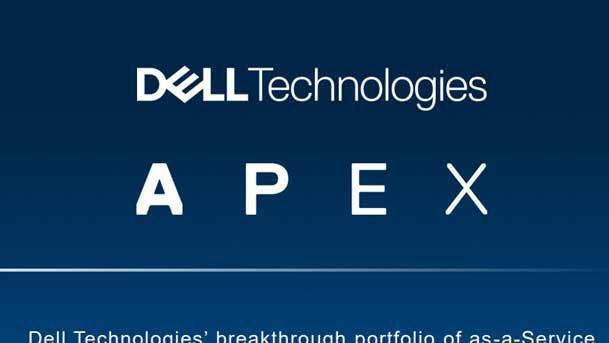
Can you break down Dell’s Apex vision? What types of customers are buying Apex?
Well, Apex is newish, right? But the idea is not new in the sense that we’ve been providing managed services and subscription services for a long time for customers. Apex is all about customer outcomes and moving our business to subscription as a service. As you’ve seen, we’re on a pretty torrid pace of introducing new capabilities into the Apex family. A couple of weeks ago, we introduced our Apex Multi-Cloud Data Services and our Apex Backup Services.
Less than two months from now, we have Dell Technologies World. You can be sure there will be a blizzard of new announcements and many of them Apex-related. We just launched new capabilities that we’ve put in place for partners. We’d encourage our partners to take advantage of that.
The types of customers buying Apex, I would say, it’s definitely skewing toward the larger customers first.
If you look at how [Apex] shows up in our business we don’t break it out specifically, but all of this—and a number of other things—show up in our remaining performance obligations, which were up 20 percent year over year to $42 billion. It was up $6.8 billion. Now that’s inclusive of a variety of things, but you can also compare it to other companies.
HP’s remaining performance obligations are $3.7 billion compared to our $42 billion. HPE is probably a more relevant comparison, they’re $6.2 billion compared to our $42 billion.
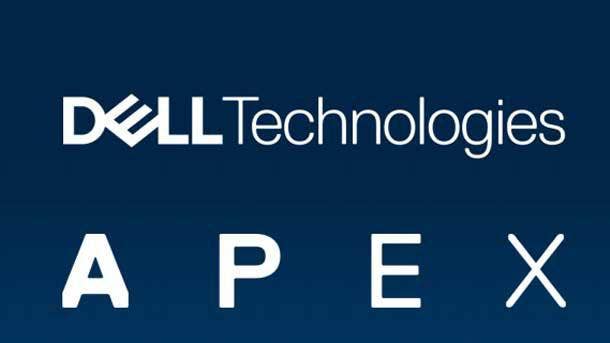
What’s the differentiation between Dell Apex and HPE GreenLake? HPE says Dell is behind them in terms of GreenLake versus Apex. What is the big market differentiation with Dell Apex versus HPE GreenLake?
Well, if you’re going to make something as a service, it really matters what you’re making as a service, right? It’s like, ‘Well, what are we providing as a service?’ We are the No. 1 storage company in the world. So the other guys are not No. 1. I don’t think they’re No. 2 either. I mean, they’re far away.
So if you look at just the capability that we’re deploying, it’s much broader and much more extensive and much more competitively adopted. With our scale, you just can’t really compare.
HPE is enabling their channel partners to plug their APIs right into GreenLake. Is there anything as far as channel integration with Apex that is a differentiator compared to GreenLake?
We’ve stood up this new team specifically for channel partners. The interest level and engagement level is at an all-time high, and I think it’s going to continue to rise.

Dell surpassed $100 billion in sales for the first time ever. What’s next?
Last year was a historic year for us, especially for our partners. Our revenues grew to over $100 billion for the first time, up 17 percent annually. Our earnings per share was up even more, up 27 percent annually.
The omni-channel business model that we have and robust partner ecosystem is really at the core of our strategy. It’s critical to our growth and success, and our partners are growing and succeeding with us.
In terms of investment, technology continues to be essential and a big priority inside organizations of all sizes. Being able to use data to accelerate transformation and create better customer experience and competitive advantage is super important for every organization right now. Our ability to innovate, to delight customers, to deliver growth and create value for all of our stakeholders— it’s never been stronger.
We have leadership positions in large, stable and expanding markets with strong fundamentals. In total, our TAM [total addressable market] is about $1.3 trillion. So we’re participating in some big market spaces. We have a little over $100 billion of that $1.3 trillion market [we are going after].

What is Michael Dell’s channel partner commitment for fiscal year 2023? What’s your message for partners?
The channel is super important to us. We remain incredibly committed and invested. The channel accounts for more than half of our company’s orders revenue, and our strategies are working. We are excited about the opportunities.
We spend a lot of time with our channel partners on their evolution and our joint evolution as we all are helping customers accelerate digital transformation and access the new opportunities at the edge, stand up new cyber capabilities like our Cyber Recovery Vault, etc.
The response from our channel partners has been super strong, a 27 percent increase in orders year over year, with strong orders growth in servers, in clients, in storage and in VMware orders that continue to come through Dell. I’m excited for that to continue in a big way.

Why are you bullish on Dell’s strategy in 2022?
We have a differentiated strategy to continue to structurally grow and seize on the opportunities that are ahead.
[Regarding market share] we are a clear No. 1 in external storage. No. 1 in hyperconverged infrastructure. No. 1 in mainstream servers. No. 1 in data protection. No. 1 in client solutions revenue, and pretty much all aspects of IT and cloud infrastructure.
We’re pursuing some new high-value growth opportunities in edge, telco, data management, cyber recovery and, obviously, multi-cloud remains a big area of investment in focus for us.
We’re prioritizing outcomes and modernizing our business, making it more accessible to developers and more available in a consumption model with Apex. Our strategy is working well. It’s good for customers, good for partners, it’s good for our team members, our shareholders and our results are proof.
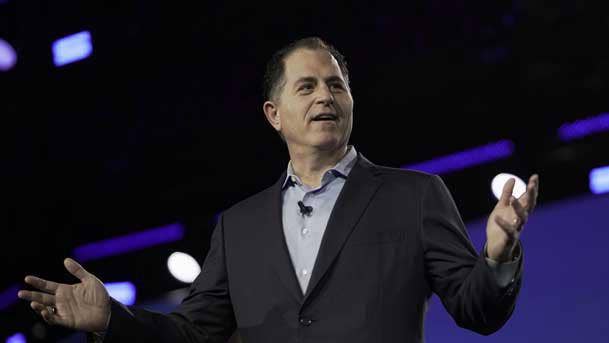
What still gets you out of bed every day? Are you going to be running Dell for the next 40 years? What’s the future of Michael Dell in Dell Technologies?
Well, I’ve got like 130,000 people who help me do it. So, fortunately, we have a fantastic team.
It continues to be an enormous amount of fun. When I think about the global impact that we have, and the way technology is enabling human progress—whether it’s in AI, drug discovery or any sort of global challenge that exists whether it’s in health care, in energy or the environment—it’s exciting.
I was just on a Zoom call with one of our customers who happens to supply about 20 percent of the world’s food supply. That’s kind of an important thing, right? It turns out that they run the whole thing on Dell Technologies.
So when we meet with customers and partners that are involved in those kinds of relationships, we have plenty of reason to get up out of bed every morning. We know that what we do really matters in the world.